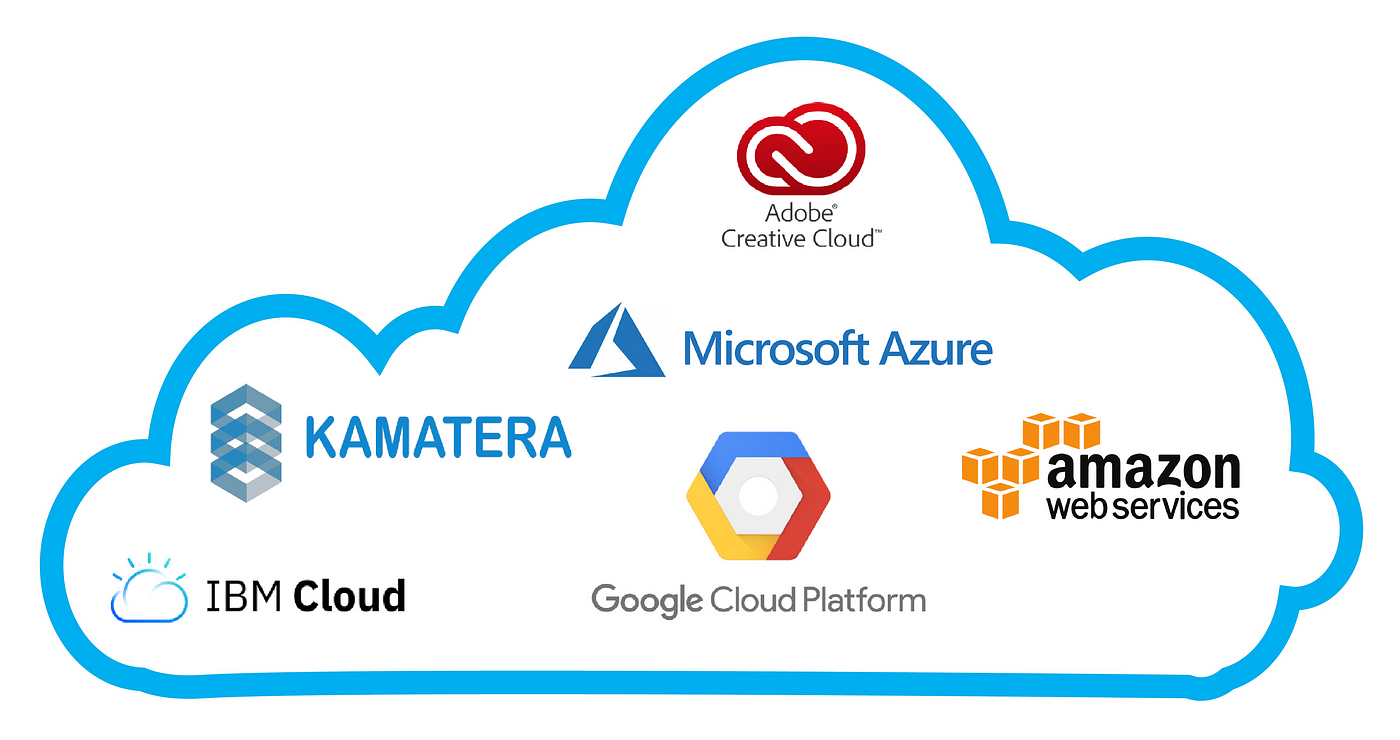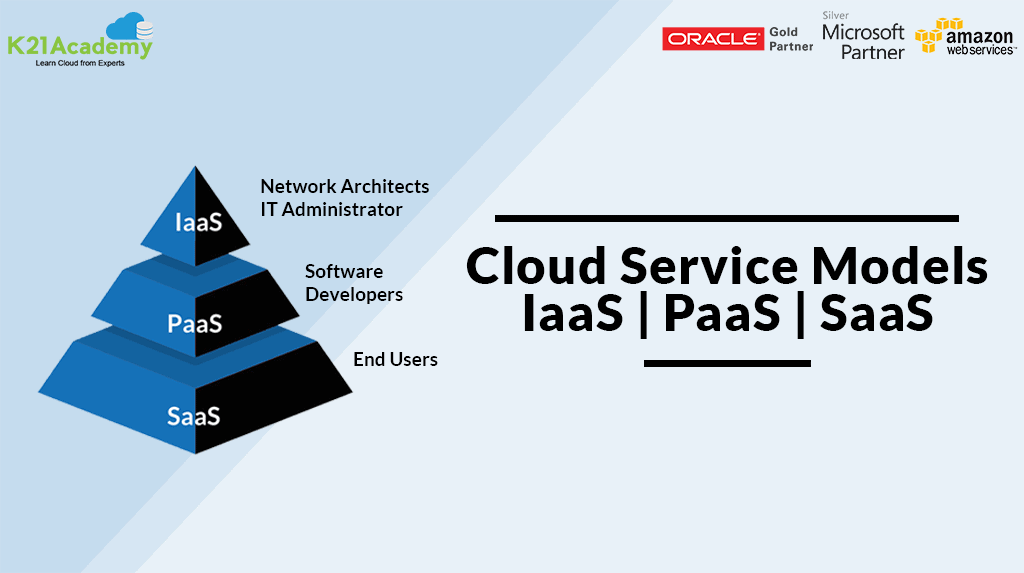Simplify Your Facilities With Cloud Services
As businesses navigate the ever-evolving landscape of modern technology and information monitoring, the function of cloud services in simplifying framework has actually ended up being increasingly prominent. The attraction of structured processes, enhanced performance, and enhanced resource appropriation via cloud options is undeniable. The journey towards a much more economical and nimble IT infrastructure involves even more than just migrating to the cloud. It calls for a tactical strategy and a deep understanding of the nuances of cloud fostering. So, exactly how can businesses properly navigate this shift and truly unlock the possibility of cloud services for streamlining their framework?
Advantages of Cloud Provider
Cloud services provide a structured approach to managing IT facilities, supplying organizations with scalability, cost-efficiency, and versatility. One of the vital advantages of cloud solutions is the scalability they offer. Companies can quickly scale their sources up or down based upon need, guaranteeing they just spend for what they utilize. This adaptability is specifically advantageous for businesses with varying needs or those experiencing growth.
Furthermore, cloud services eliminate the demand for organizations to spend in costly hardware and software application. This cost-efficiency is a considerable advantage, particularly for small to medium-sized enterprises looking to decrease in advance costs. By using cloud solutions, services can access high-grade IT sources without the significant cost tag related to standard infrastructure configurations.
Moreover, cloud solutions offer organizations with the flexibility to access their information and applications from anywhere with an internet connection. This level of access enhances partnership amongst groups, enables remote work, and boosts total productivity. The flexibility used by cloud solutions empowers companies to adjust quickly to altering market problems and client demands.
Expense Savings and Scalability
In addition to the operational benefits highlighted previously, the assimilation of cloud services into a firm's infrastructure brings forth substantial price savings and enhanced scalability. Cloud services provide a pay-as-you-go design, permitting companies to scale resources up or down based upon existing demands, consequently staying clear of the prices linked with keeping excess ability. This adaptability makes it possible for business to adjust rapidly to varying demands without sustaining unneeded expenditures.
Furthermore, cloud solutions remove the demand for upfront investments in hardware and software application, minimizing capital investment. General expenses are additionally lessened as business no longer need to take care of and preserve physical servers, leading to reduced energy consumption and IT staffing prices. In addition, cloud solutions offer automated updates and upkeep, guaranteeing that the infrastructure continues to be secure and updated without requiring hand-operated interventions.
Enhanced Protection Steps
Executing strict safety steps is vital when incorporating cloud services into a company's infrastructure to safeguard delicate information and make certain conformity with industry guidelines. Cloud service suppliers use improved safety and security features such as information security, firewall software security, and multi-factor authentication to minimize cybersecurity risks.
In addition, routine safety and security audits and compliance assessments aid make certain and determine vulnerabilities adherence to sector requirements. Companies can additionally take advantage of features like automatic safety and security updates and real-time threat surveillance offered by cloud company. By prioritizing safety measures and remaining proactive in resolving prospective threats, companies can with confidence take advantage of cloud solutions while safeguarding their valuable data from unapproved gain access to or violations.
Transitioning to Cloud Infrastructure
To efficiently integrate cloud services right into a company's facilities, an organized method that addresses the shift in the direction of cloud-based services is vital. Transitioning to cloud framework involves cautious preparation and implementation to guarantee a smooth migration procedure. The initial step is to assess the present infrastructure and figure out which systems and applications appropriate for movement to the cloud. This evaluation ought to think about variables such as data sensitivity, conformity demands, and performance needs.
As soon as the assessment is full, a web movement approach need to be established. This method needs to outline the timeline, resources, and responsibilities for moving each component to the cloud. It is important to interact this plan clearly to all stakeholders to read this article ensure alignment and minimize disturbances throughout the shift.
During the migration testing, surveillance and procedure are vital to recognize and address any type of concerns quickly. Routine checkpoints ought to be established to track progress and make necessary changes. Furthermore, training for employees on making use of cloud solutions should be given to make certain a successful transition and take full advantage of the benefits of the brand-new infrastructure.
Ideal Practices for Cloud Fostering
Successful fostering of cloud services rests on the tactical placement of company purposes with technological capacities and organizational preparedness. To guarantee a smooth change to the cloud, organizations need to start by performing an extensive analysis of their present framework and determining which workloads are best fit for cloud movement. It is essential to entail essential stakeholders from various departments in the decision-making procedure to obtain buy-in and deal with any kind of issues beforehand.
Another finest technique for cloud adoption is to prioritize protection and conformity. Organizations should thoroughly evaluate the safety actions offered by cloud service companies and make certain that their data is safeguarded according to market criteria and regulatory requirements. Carrying out durable information security, access controls, and regular safety and security audits can assist alleviate threats linked with cloud fostering.

Conclusion

As services browse the ever-evolving landscape of innovation and information administration, the function of cloud services in simplifying framework has ended up being increasingly popular - linkdaddy cloud services. Exactly how can businesses efficiently browse this change and truly unlock the capacity of cloud solutions for streamlining their infrastructure?
Cloud services provide a structured strategy to handling IT infrastructure, offering services with adaptability, cost-efficiency, and scalability. By making use of cloud services, organizations can access premium IT resources without the substantial cost tag connected with typical framework arrangements.
To ensure a smooth transition to the cloud, organizations should start by conducting a comprehensive assessment of their current facilities and identifying which workloads are best matched for cloud migration.